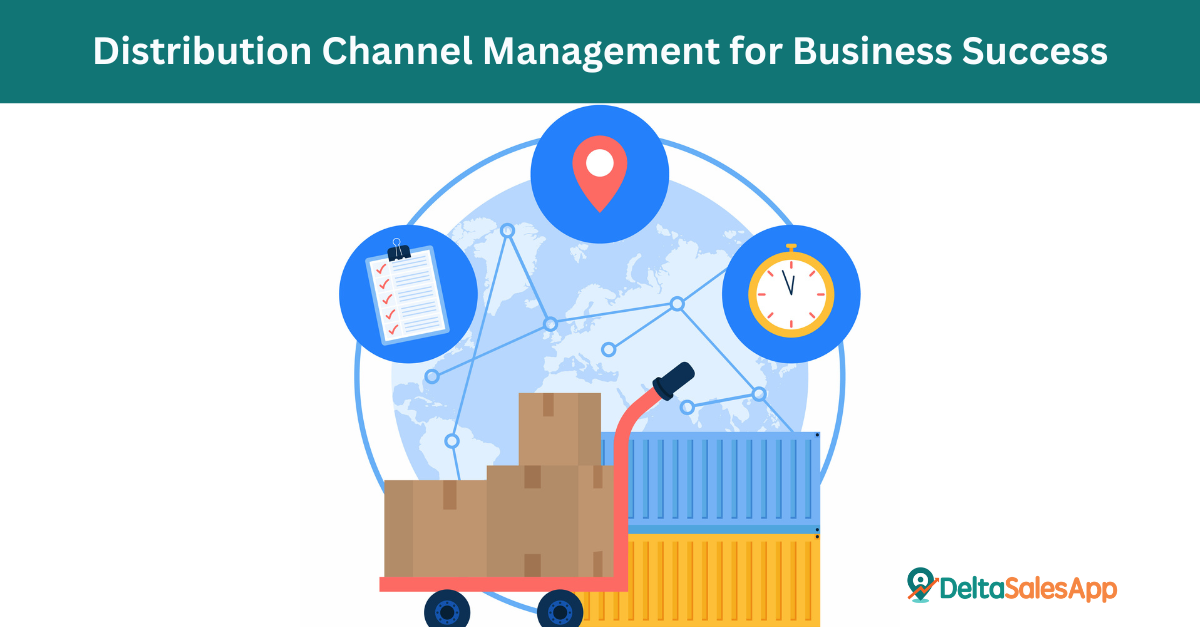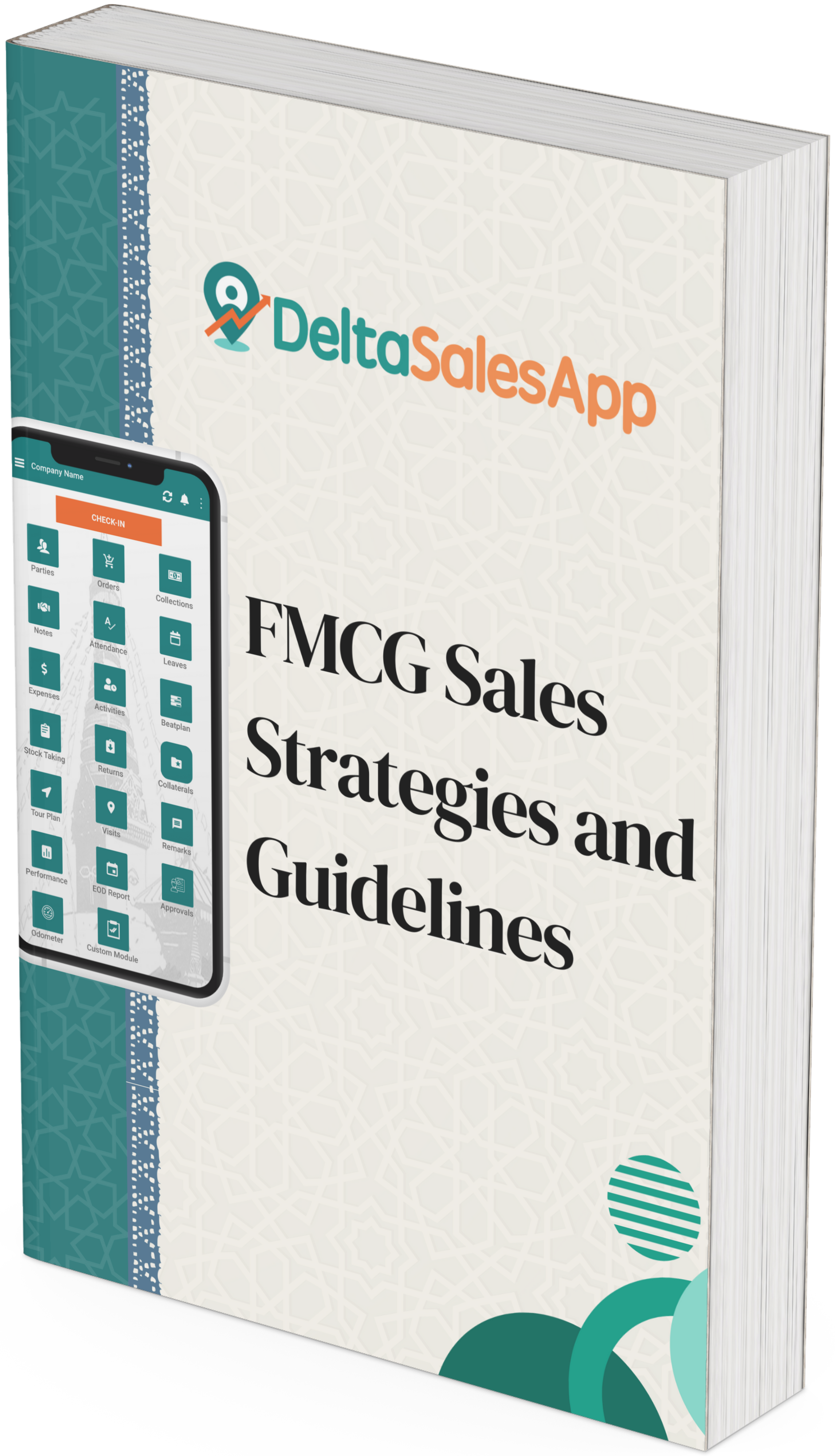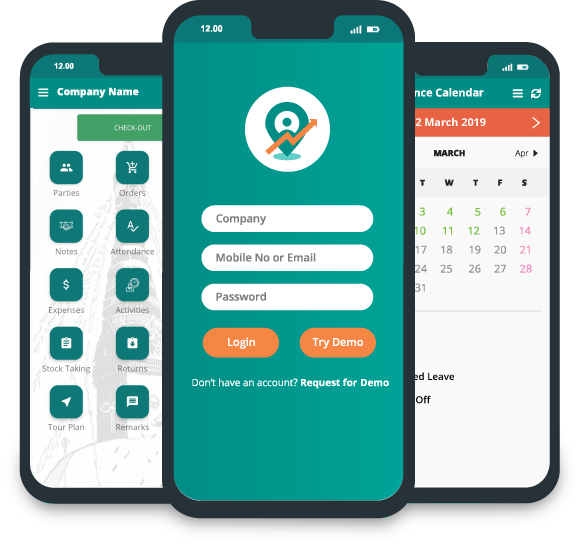Distribution Channel Management for Business Success

In today’s hyper-competitive marketplace, how products and services reach customers can be just as important as the product itself. Distribution channels—the systems through which a product or service travels from producer to consumer—play a pivotal role in the overall success of a business. This is where distribution channel management comes in. It is the backbone of efficient sales strategies, shaping everything from how businesses engage with customers to how effectively they reach new markets.
For any business, whether you're a small startup or a large corporation, mastering distribution channel management is essential for growth, efficiency, and customer satisfaction. In this article, we'll break down what distribution channel management is, why it’s essential, and how businesses can optimize their distribution channels for success.
What is Distribution Channel Management?
Distribution channel management refers to the planning, organizing, and controlling of the flow of goods and services from the manufacturer to the end consumer. A distribution channel can involve various intermediaries such as wholesalers, retailers, or agents, depending on the model. In short, it’s the entire system that connects products with customers.
Effective distribution channel management ensures that your products are available in the right place, at the right time, and in the right quantities. Managing this process well can lead to higher sales, increased brand presence, and improved customer satisfaction.
Importance of Distribution Channel Management
Distribution channel management holds a central role in achieving business goals. Here's why it matters:
- Market Reach Expansion: A solid distribution network expands your product's market reach. By collaborating with partners in new geographical regions or specific market segments, you can quickly tap into a broader customer base.
- Cost Efficiency: Managing your distribution channels effectively can help reduce operational costs such as logistics, warehousing, and transportation. More efficient systems reduce waste, prevent stockouts, and optimize inventory management.
- Improved Customer Experience: When customers can easily access your product, whether through online stores, physical shops, or other touchpoints, they’re more likely to make a purchase. An efficient distribution system makes your product available when and where customers need it, fostering customer loyalty.
- Competitive Advantage: In a crowded market, speed and availability are key. A well-managed distribution system means you can get your products to customers faster than your competitors, giving you a distinct advantage.
- Revenue Growth: Optimized distribution channels drive sales by increasing product visibility and availability. The more channels you use (without overcomplicating logistics), the higher your chances of reaching more customers and generating more revenue.
Types of Distribution Channels
To create an effective distribution strategy, it’s crucial to understand the different types of distribution channels that exist. Each type has its unique advantages and challenges, and the right choice depends on the nature of your business, your product, and your target market.
Direct Distribution Channels
Direct distribution involves selling directly to the consumer without any intermediaries. In this model, the manufacturer has full control over the sales process and customer relationships.
Examples:
- Online Direct Sales: Companies like Apple and Dell sell their products directly via their websites.
- Brick-and-Mortar Stores: Companies like Tesla operate their own stores, selling their cars directly to consumers.
Benefits of direct distribution:
- Greater control over pricing, branding, and customer experience.
- Higher margins, as no intermediaries are involved.
- Closer customer relationships, which can lead to better customer loyalty and feedback.
Challenges:
- Increased responsibility for logistics, marketing, and customer service.
- Limited market reach unless you scale effectively.
Indirect Distribution Channels
Indirect distribution uses intermediaries like wholesalers, distributors, and retailers to get the product to the consumer. These middlemen purchase goods in bulk from the producer and sell them to customers or other businesses.
Examples:
- Wholesalers: A distributor like Costco buys products from manufacturers and sells them to consumers or other businesses.
- Retailers: Companies like Walmart sell products from multiple manufacturers.
Benefits of indirect distribution:
- Wider market access due to the intermediary’s established networks.
- Reduced burden on the manufacturer for logistics and customer service.
Challenges:
- Loss of control over pricing and customer interactions.
- Profit margin reduction due to the involvement of intermediaries.
Hybrid Distribution Channels
A hybrid channel combines both direct and indirect methods. This allows businesses to access a larger audience while still maintaining some level of control over the customer experience.
Examples:
- Nike: Nike sells directly through its own stores and website but also relies on third-party retailers like Foot Locker to expand its reach.
- Sony: Sells directly through its own online platform and retail stores, as well as through large electronic chains like Best Buy.
Benefits:
- Flexibility in reaching multiple customer segments.
- Balance between control and reach, optimizing both direct sales and third-party involvement.
Challenges:
- Managing multiple channels requires greater effort in coordination and can create confusion if not handled properly.
Dual Distribution Channels
Dual distribution involves using two or more channels simultaneously to distribute products to the same target audience. This may include selling both directly and through intermediaries, ensuring maximum reach.
Examples:
- Samsung: Sells smartphones through its website and retail stores while also partnering with carriers and electronics stores like Best Buy.
Benefits:
- Maximized reach through various channels.
- Ability to cater to different buyer preferences (e.g., online vs. in-store shopping).
Challenges:
- Potential channel conflict, especially if pricing differs across channels or if intermediaries feel competition from the direct sales model.
Key Components of Distribution Channel Management
For a distribution system to succeed, several components need to be effectively managed. These include:
Channel Design
Creating the right distribution channel strategy begins with thoughtful design. You need to decide whether you’ll sell directly to consumers, use intermediaries, or create a hybrid approach. This decision depends on factors like your product, target market, and business model.
Key considerations:
- Customer behavior: Where and how do your customers prefer to shop?
- Product characteristics: Do your products require specialized handling or customization?
- Geographical reach: Are you targeting local, national, or international markets?
Partner Selection
Choosing the right partners is vital for the success of your distribution channels. Whether you’re selecting wholesalers, retailers, or agents, ensure your partners align with your business goals.
What to look for:
- Reputation: Choose partners with strong market credibility.
- Efficiency: Ensure partners have the infrastructure to handle logistics and inventory effectively.
- Market knowledge: Opt for partners who understand the target market well.
Motivation & Incentives
Motivating intermediaries and partners to actively promote and sell your products is key. Offering incentives and rewards for achieving sales targets or other goals helps keep them engaged and driven.
Examples of motivation strategies:
- Bonuses for exceeding sales targets.
- Exclusive promotions or products to drive interest.
- Training to ensure partners understand the product and its benefits.
Communication & Coordination
Clear communication is critical for maintaining smooth operations within a distribution network. Regular communication ensures that all parties are on the same page about stock levels, orders, and upcoming promotions.
Effective strategies:
- Integrated systems (CRM, ERP) to ensure real-time information sharing.
- Regular meetings to discuss challenges, opportunities, and future plans.
Performance Monitoring
It’s essential to continuously monitor the performance of your distribution channels. Set clear performance indicators and use data to assess the effectiveness of each channel.
Metrics to track:
- Sales growth: Are you seeing an increase in sales through your distribution network?
- Inventory turnover: Is your inventory moving efficiently across the channel?
- Customer feedback: Are customers satisfied with the product availability and delivery?
Best Practices for Effective Distribution Channel Management
To ensure your distribution channels are running efficiently, here are some best practices to follow:
- Embrace Technology: Leverage digital tools like inventory management software, order tracking systems, and analytics to streamline processes and reduce human error.
- Maintain Strong Relationships: Build trust with your distributors, wholesalers, and retailers. Regular communication and support help nurture long-term, productive relationships.
- Stay Adaptable: The market and consumer behavior are constantly evolving. Be prepared to adjust your distribution strategies based on new trends, challenges, or opportunities.
- Monitor and Optimize: Constantly evaluate the performance of each distribution channel and make necessary adjustments. Regular optimization ensures you remain efficient and cost-effective.
- Customer-Centric Approach: Prioritize the convenience of your customers by ensuring your products are available in the places and formats they prefer.
The Future of Distribution Channel Management
Mastering distribution channel management is essential for staying competitive in today’s fast-paced business world. The success of your distribution strategy directly impacts your brand’s reach, customer satisfaction, and overall profitability.
By strategically designing your distribution network, selecting the right partners, and continuously optimizing the process, you’ll be able to maximize market opportunities, reduce costs, and build a loyal customer base. Distribution channels may seem like a small cog in the overall machinery of business operations, but when managed effectively, they hold the potential to be the difference between stagnation and growth.
In a world of constant change, an adaptive and well-optimized distribution strategy will be your business’s strongest asset for long-term success.








